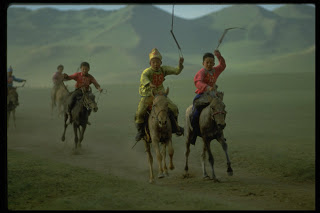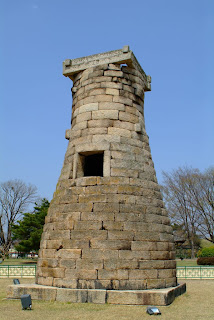 By Elise Gochberg, Trip Participant 2007
By Elise Gochberg, Trip Participant 2007I did a trip to Peru in 2008 with Far Horizons and it was the most amazing trip/adventure I have ever been on to date. And, I have traveled with various groups and locations and nothing compares to my experience in Peru with Far Horizons.
I did this trip for my 40th b-day with 6 girlfriends and it met every expectation I had and beyond. I think what stood out most about our trip was how well organized Far Horizons was and how they went above and beyond in making sure our trip was a success. We stayed at the most wonderful hotels all across Peru and ate at the most exquisite and interesting restaurants - 4 star all the way.
And Juan, our tour guide, was insightful, knowledgeable, kind and caring. He had lots of information and knowledge to share and he made sure that what we did each day met our needs and was flexible to any changes we required. Juan was such a cool guy and I can't imagine having a better tour guide with us!

We experienced various cities throughout Peru that were beautiful and wonderful - Lima and Cusco to name a few, but the real objective and experience of our trip was hiking the Inka Trail and hitting Machu Picchu. It was spectacular and awe-inspiring and we had the best time of our lives. And you can really see the difference in the groups and the camp sites while trekking - Far Horizons takes you on the trails and camp sites that are remote and are not crowded. When traveling with Far Horizons on this trek you understand why you are going with this group and not the others. The food is awesome, the guides are spectacular and the trip is planned and organized with precise detail that benefits the individual in so many countless and indescribable ways...
After experiencing Peru with Far Horizons I started thinking and planning the next trip with them. But, I am not sure anything will compare to Peru - the people and the living cultures are wonderful and it is a trip everyone should experience at least once in their lifetime!
I did this trip for my 40th b-day with 6 girlfriends and it met every expectation I had and beyond. I think what stood out most about our trip was how well organized Far Horizons was and how they went above and beyond in making sure our trip was a success. We stayed at the most wonderful hotels all across Peru and ate at the most exquisite and interesting restaurants - 4 star all the way.
And Juan, our tour guide, was insightful, knowledgeable, kind and caring. He had lots of information and knowledge to share and he made sure that what we did each day met our needs and was flexible to any changes we required. Juan was such a cool guy and I can't imagine having a better tour guide with us!

We experienced various cities throughout Peru that were beautiful and wonderful - Lima and Cusco to name a few, but the real objective and experience of our trip was hiking the Inka Trail and hitting Machu Picchu. It was spectacular and awe-inspiring and we had the best time of our lives. And you can really see the difference in the groups and the camp sites while trekking - Far Horizons takes you on the trails and camp sites that are remote and are not crowded. When traveling with Far Horizons on this trek you understand why you are going with this group and not the others. The food is awesome, the guides are spectacular and the trip is planned and organized with precise detail that benefits the individual in so many countless and indescribable ways...
After experiencing Peru with Far Horizons I started thinking and planning the next trip with them. But, I am not sure anything will compare to Peru - the people and the living cultures are wonderful and it is a trip everyone should experience at least once in their lifetime!






